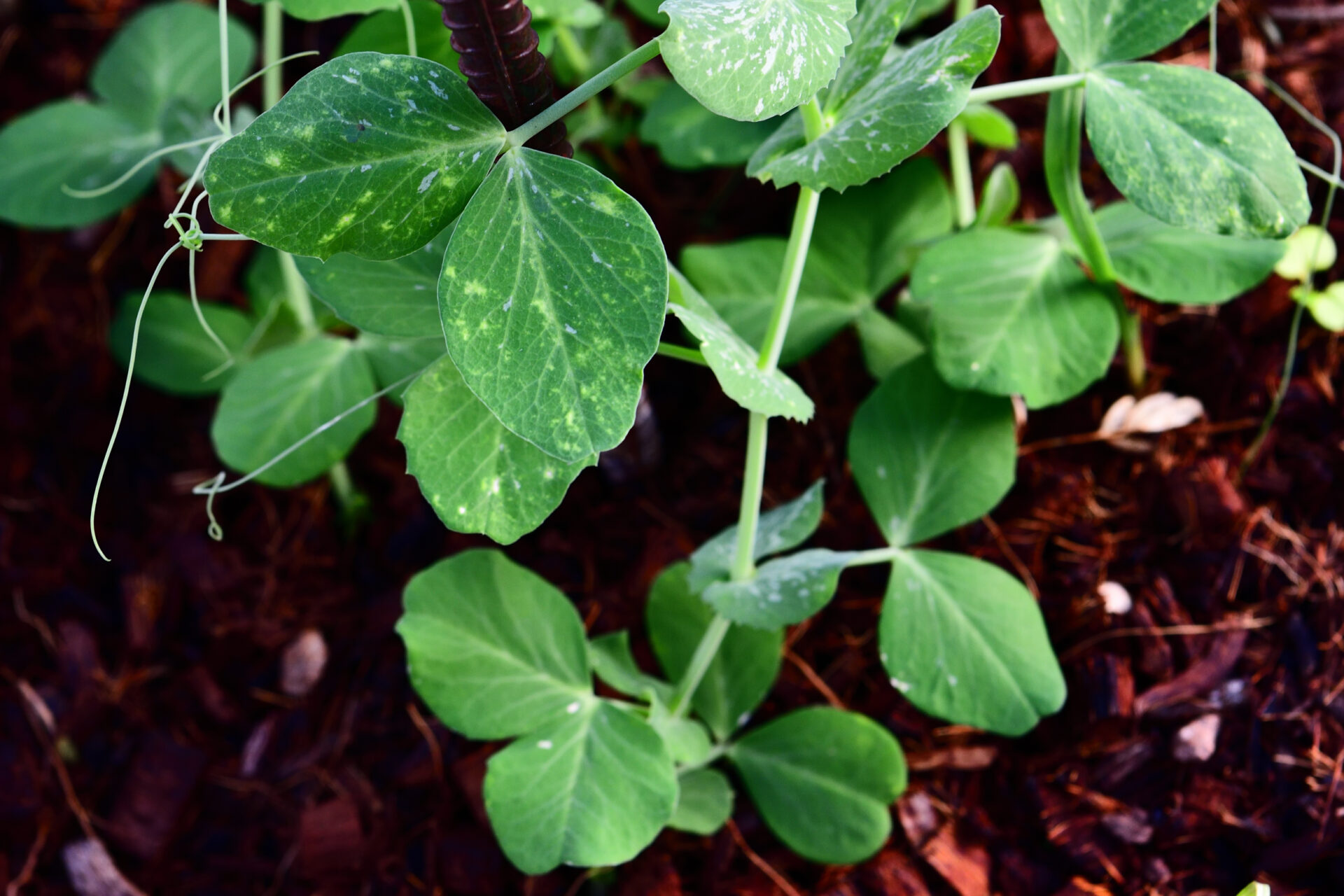Earlier this month, I talked about the physical dimensions of my forthcoming book. Thinking about dimensions raises larger questions about aesthetics, which I will address in this post.
A mentor advised me to ask myself these questions about the books I’ve been using in my design research:
- What appeals to you about the design of this book?
- Why does it appeal to you?
- What bothers you about the design of this book?
- Why does it bother you?
Answering These Questions with Actual Books
I’m going to omit the titles and author names because I’m going to be brutally frank and I don’t want to bruise any egos. So, here goes:
Book #1 is one of the most popular gardening books ever published in Tucson. Matter of fact, it’s one of the main inspirations for my book. I like the wide variety of photos because it shows the many gardening projects that can be done in a small space. I also find the two-column page layouts to be an effective way to present a lot of copy without running up the cost of book production. However, the print is way too small for my aging eyes.
Takeaway: Design a book with type that people can read without struggle.
Book #2 is a book about a bird. I have to say that the photos of this particular bird are outstanding. I can only dream of shooting bird photos like these. However, I found myself wanting more variety. I mean, can I see some photos of different birds? I also was disappointed in the fact that this book was printed overseas. We have excellent printers right here in the States, and I think we should support the home team first.
Takeaway: I’m printing my book in Tucson, I’m proud of it, and I’m going to put the home team promotion on blast.
Books 3, 4, and 5 comprise a landscape photography trilogy. The linen cloth covers remind me of high-end wedding albums, and I admire their simplicity. They only show the title and author name with a line between the two text elements. The photos? Excellent. However, these books show many spreads with a photo on one side, and very little text on the other. To me, that seems like wasted real estate. Why not offer a few paragraphs about insights behind the work?
Takeaway: Don’t just show lovely photos. Explain them!
Book #6 showcases extreme adventure photography. We’re talking exquisite photos from Mount Everest, the Andes, Denali, Antarctica, and the 400-foot spire atop One World Trade Center. This is one big thumper of a coffee table book, and it’s one of the few that makes effective use of type and layout, even to the point of setting type on top of the photos. Quite often, this practice ends in disaster, with the type and the photos getting into a battle royale for the reader’s attention. However, I found the captioning to be confusing. Which photo was the Previous? Opposite? Following? I was still confused at the end of the book.
Takeaway: Don’t send readers on a page-flipping expedition. Put the captions with the photos.
TIP: Track the book’s progress by subscribing to my monthly email newsletter. Here’s your form:
